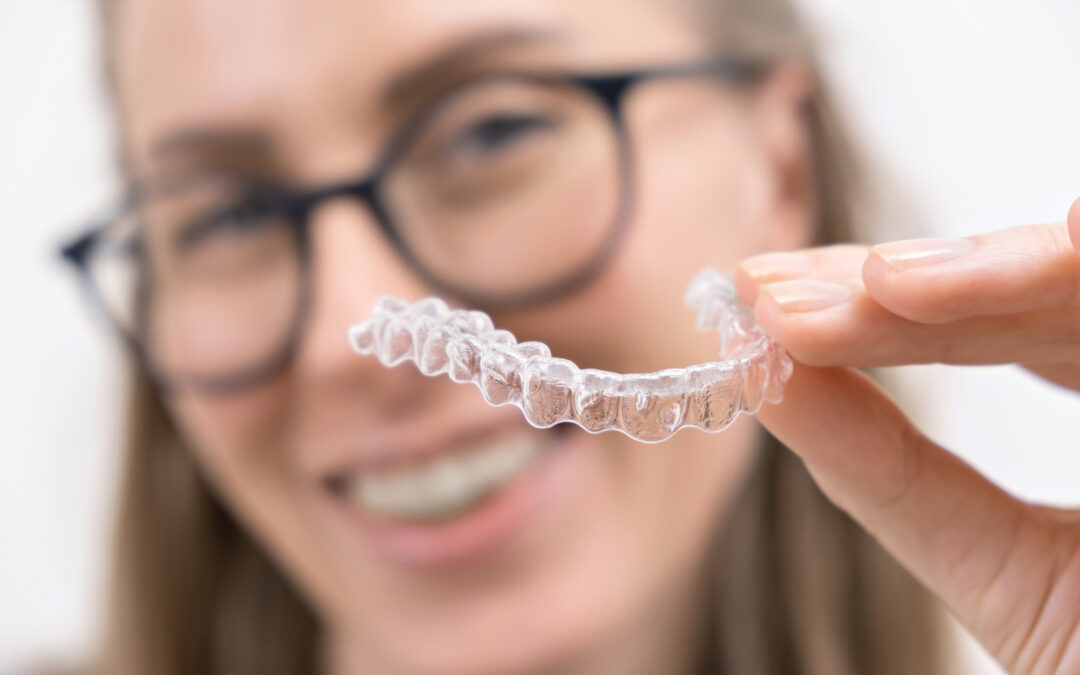In today’s image-conscious society, a bright, straight smile is often seen as a hallmark of beauty and success. This cultural fixation has given rise to a booming industry: cosmetic dentistry and orthodontics. Services ranging from teeth whitening to complex smile makeovers are marketed as essential for achieving not just oral health, but also social and professional success. However, as the demand for these cosmetic services increases, so too does the skepticism surrounding their necessity and ethical implications. Critics argue that cosmetic dentistry and orthodontics sometimes operate more like Ponzi schemes than legitimate medical practices, prioritizing profit over patient care.
The Appeal of Cosmetic Dentistry
Cosmetic dentistry encompasses a range of procedures aimed at improving the appearance of teeth and gums. Common treatments include teeth whitening, veneers, bonding, and orthodontics like Invisalign. These services promise to transform smiles, boosting confidence and self-esteem. The concept of the “smile makeover” has become particularly popular, marketed as a comprehensive approach to achieving the perfect smile. As the demand for cosmetic services like smile makeovers continues to grow, it is crucial for both practitioners and patients to critically evaluate the necessity and implications of these treatments.
A key driver of this trend is the influence of media and celebrity culture. Perfect teeth are ubiquitous in movies, TV shows, and social media, creating a standard that many people strive to meet. This has led to a surge in demand for cosmetic dental services, with practitioners capitalizing on the desire for aesthetic enhancement.
Orthodontics: Necessary Treatment or Cosmetic Luxury?
Orthodontics, traditionally concerned with correcting misaligned teeth and jaws for functional reasons, has increasingly been framed as a cosmetic service. While orthodontic treatments like braces and clear aligners (e.g., Invisalign) are essential for addressing severe dental issues, they are often marketed to individuals with minor imperfections who seek aesthetic improvements. This shift raises questions about the necessity and ethics of such treatments.
The marketing strategies used by orthodontists often emphasize the aesthetic benefits of treatment. Advertisements highlight the social and professional advantages of having straight teeth, subtly implying that those without perfect smiles are at a disadvantage. This tactic can create a sense of urgency and inadequacy, driving people to seek orthodontic treatment even when it’s not medically necessary.
A Victory for Dental Marketing
The rise of cosmetic dentistry and orthodontics can be seen as a victory for dental marketing. Dentists and orthodontists have adeptly positioned these services as essential for achieving not just oral health, but overall well-being and success. This has been achieved through strategic advertising, patient testimonials, and the endorsement of celebrities and influencers.
Dental practices frequently use before-and-after photos to showcase dramatic transformations, appealing to potential patients’ desires for similar results. Social media platforms are flooded with images of perfect smiles, often accompanied by glowing reviews of cosmetic treatments. This constant exposure reinforces the idea that cosmetic dentistry and orthodontics are the keys to personal and professional fulfillment.
The Ethical Dilemma
While the popularity of cosmetic dental services is undeniable, it raises significant ethical concerns. The primary issue is the potential for over-treatment. Dentists and orthodontists may recommend procedures that are not medically necessary, exploiting patients’ insecurities for financial gain. This can lead to unnecessary costs and risks for patients, undermining the trust that is fundamental to the patient-practitioner relationship.
Moreover, the emphasis on aesthetics can overshadow the importance of oral health. Patients may prioritize cosmetic improvements over necessary treatments for dental decay or gum disease, which can have serious long-term consequences. This shift in focus from health to appearance is troubling, as it suggests that the primary goal of dental care is no longer to maintain oral health, but to enhance aesthetics.
Are They Dental Ponzi Schemes?
Labeling cosmetic dentistry and orthodontics as Ponzi schemes may be extreme, but there are parallels. Both rely on the continuous recruitment of new clients to sustain profits. In the case of cosmetic dentistry, this is achieved through aggressive marketing and the perpetuation of aesthetic ideals. Patients are encouraged to undergo treatments, often without fully understanding the necessity or long-term implications.
The financial burden of these services can be significant. Cosmetic dental procedures are rarely covered by insurance, leaving patients to shoulder the costs. This can lead to substantial debt, especially for individuals who undergo multiple treatments. The cycle of seeking and paying for cosmetic enhancements can be seen as analogous to the unsustainable growth model of a Ponzi scheme.
Cosmetic dentistry and orthodontics occupy a complex space within the dental industry. While they offer genuine benefits and can significantly improve patients’ confidence and quality of life, the marketing and ethical practices surrounding these services are concerning. The focus on aesthetics and profit can overshadow the primary goal of dental care: maintaining oral health. Only then can the balance between aesthetics and health be appropriately maintained, ensuring that the dental industry serves the best interests of patients rather than capitalizing on their insecurities.



